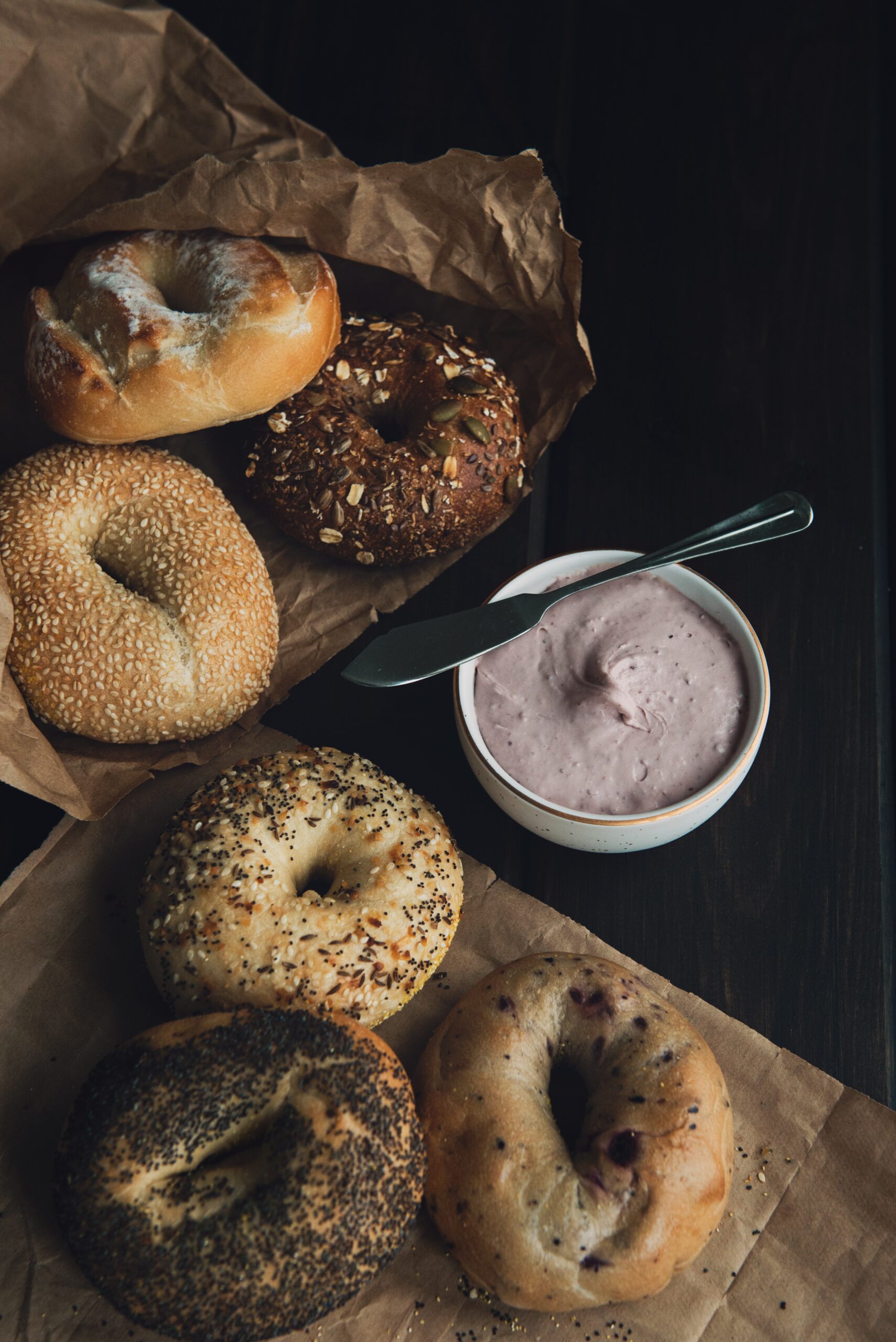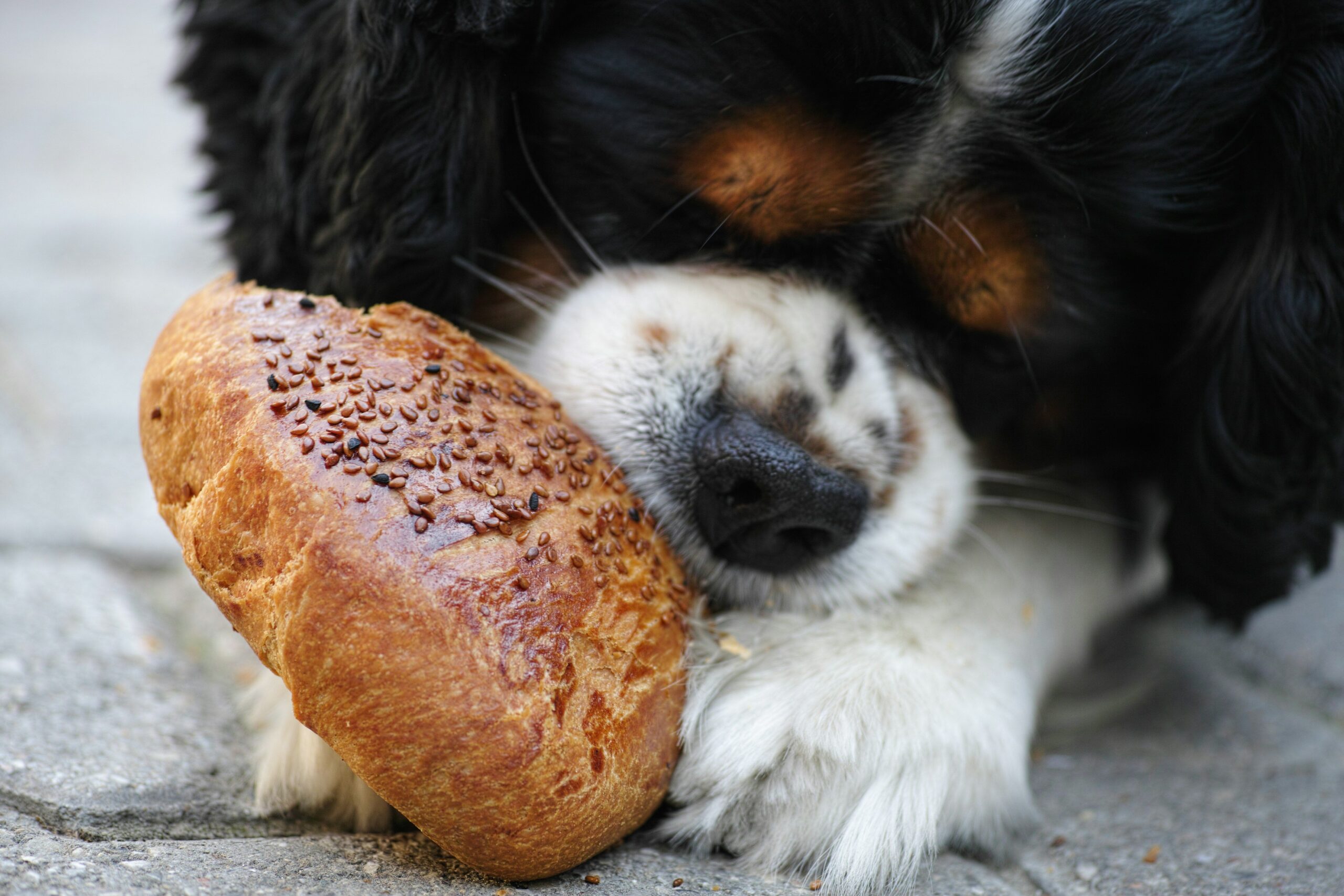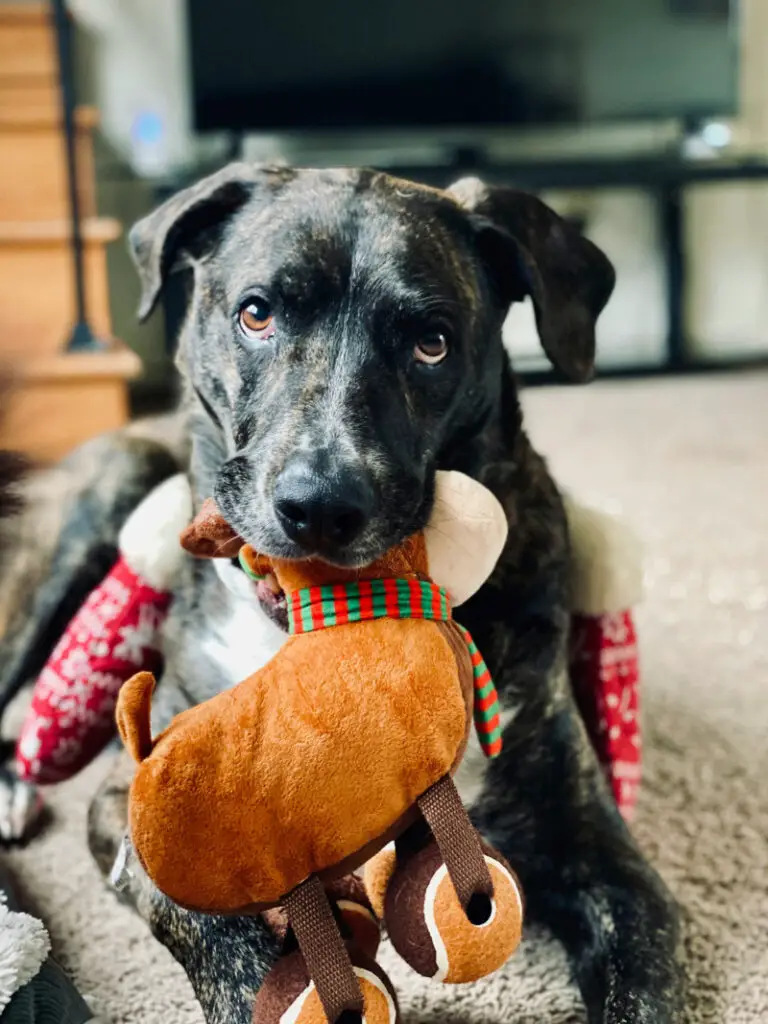We all adore our furry friends and endeavor to give them the best care, especially when it comes to their diet. Mealtime is an exciting part of the day for our canine companions, and it becomes all the more important to choose their food wisely. Come mealtime, they give us those puppy-dog eyes as we sit at the table, especially when we’re tearing into a loaf of bread. This begs the pressing question – can dogs eat bread? Is it safe for our beloved four-legged friends or should it be off-limits?
We understand how you might want to share your favorite foods with your pooch, but do remember that not everything humans eat is safe for dogs. Various foods can have different effects on their health and overall wellbeing. So, when it comes to the matter of ‘dogs and bread consumption’, there are plenty of factors to consider.
The answer to “Can dogs eat bread?” is not a simple yes or no. It involves understanding canine nutrition, bread ingredients, and individual dogs’ physiological responses. We will delve into diverse perspectives, shared stories from dog owners, and expert opinions in this essay to see answer the question: Can dogs eat bread? Our detailed examination is tailored towards providing insights into feeding dogs bread while prioritizing their health, thereby helping you make better-informed dietary decisions for your furry pals.
Table of Contents
Real-life Account 1: Misadventure at a picnic
A playful dog’s wheat bread encounter
A day at the park took a different turn for Bulldog owner Sarah. It was an ordinary sunny day and they were all set for a family picnic. Sandwiches were served all around, sandwiches made with wheat bread. Curiosity and the beguiling scent of food got the better of her Bulldog, Charlie. Before Sarah could get to him, Charlie had already scarfed down a portion of the wheat bread sandwich lying within his reach. This raises the common question among dog owners: “Can dogs eat bread?,” especially is wheat bread, safe?
Resulting reaction and aftermath
Initially, nothing seemed off. Charlie was his jolly self, showing no signs of immediate discomfort. Later that night, however, Charlie seemed lethargic with a decreased appetite. A visit to the vet the next day confirmed a slight upset with digestion, likely due to consuming bread, more specifically, wheat bread. It was a mild reaction, yet enough to cause concern. Sarah was advised by her vet to keep an eye on Charlie’s diet.
The experience taught her an important lesson. As dog owners, it’s essential to research the effects of bread on dogs, especially when it comes to different types of bread. Some breeds, like Bulldogs, might also have more sensitivity. Canines and human sapiens, though both mammals, have evolved on vastly different diets, emphasizing that what might be safe for us might not be safe for dogs to eat bread.
Charlie’s incident shines a light on the necessity of being aware of dietary peculiarities in dogs. While bread is not as lethal as some substances for dogs, some components, especially in processed variants like wheat bread, can upset a dog’s digestive system. The incident provides practical insights into the relationship between bread in dog diet and its implications on canine health.
The misadventure concluded with the informed consensus that while bread, in general, is not harmful, there are bread types that dogs should avoid. It’s not a stern ‘no’ to the question, “are dogs allowed bread”, but caution and moderation should always be practiced.
Through diverse accounts like Sarah’s, we can better understand and visualize the framing of bread as dog food. Just like us humans, every dog is unique, which means we must take into account our four-legged buddy’s characteristics when considering introducing bread in canine nutrition.
Real-life Account 2: Uncrusting the hidden snack
Terrier’s love for sandwich crusts
In the world of our four-legged companions, Steve’s Terrier, Oliver, stands out as a notable, bread-loving kind. A characteristic story starts at the breakfast table where Oliver’s eyes would follow every bite of Steve’s morning toast. Following a habit, Steve started offering the crusts to Oliver. This addition of bread in dog diet became a routine event. What initially started out as harmless crusts from Steve’s breakfast sandwich morphed eventually into Oliver’s love for bread as dog food.
Terriers, being an active breed, need a robust diet supplementing their energy requirements. However, the question hovering over Steve was the nutritional aspect. Nutrition in bread for dogs is a layered topic, often leaving owners baffled. Whether it was just a plain seasonless crust or a wheat-based one, Steve sought clarity on whether feeding dogs bread was prudent.
Evidenced impact on health and behavior
Steve monitored Oliver’s health and behavior closely after the new dietary addition. He noted that Oliver remained as energetic as ever, with no drastic changes to his active lifestyle or health. It seemed that dogs consuming bread, at least in the case of Oliver, had no negative impact. It appeared that it was safe for dogs to eat bread, especially in moderation. However, Steve was quick to underline that it was portion-controlled. He made sure Oliver’s diet was well-balanced, with bread being a minor part of it.

Steve’s experience allowed him to conclude that canines eating bread is not strictly a no-go area – but moderation is key. It’s worth noting that different breeds of dogs respond differently to human food. Steve’s case demonstrates that while bread can be harmless, and possibly even enjoyable for dogs, bread should not be a major part of a dog’s diet considering the minimal nutrition it provides.
By paying close attention to Oliver’s changing dietary habits, Steve underscores the need for discernment in responsible pet ownership. His tale reinforces the sentiment, are dogs allowed bread?, can be dependent on the animal’s health condition, overall diet, and portion control. Ultimately, what’s important is to continue understanding the effects of dogs and bread consumption, how to find a healthy balance, and what constitutes safe bread types for dogs.
Real-life Account 3: The unsupervised Poodle party
Tale of a Poodle’s unsupervised bread party

Alex, a Poodle owner, shares an exuberating tale of fumbling discovery that begins with a loaf of bread. While doing yard work with the younger kids, Alex left their Poodle, Bella, unsupervised in the house. As it turned out, Bella had a fondness for bread which Alex was unaware of, and in her discovery, Bella treated herself to a bread feast. This unexpected occurrence raises further questions on the topic of dogs and bread consumption.
Leaving the canine unsupervised, Bella had her way with a fresh loaf left on the kitchen table. Akin to a self-hosted party, there was evidence of a bread banquet scattered in crumbs across the living room. This unexpected event had Alex questioning the effects of canines eating bread in significant amounts. Was Bella going to be okay? Was feeding dogs bread in large quantities safe?
Immediate and longer-term reactions
Immediately after the bread bonanza, Bella seemed fine, still wagging her tail and greeting everyone with her usual cheerfulness. A sigh of relief escaped Alex; perhaps it was safe for dogs to eat bread. However, the peace didn’t last long. Later in the evening, Bella became sluggish and had a distended tummy. An immediate visit to the vet brought the concern of bread bloating to the forefront. Poodles, like Bella, having a smaller frame, can suffer from bloating, especially from consuming carbohydrate-rich foods like bread.
Alex learned a vital lesson that day: portion control is crucial when feeding dogs bread. Bella eventually recovered, but the incident highlighted the potential health risks associated with dogs consuming bread, especially with bread being consumed as a primary food source, not an occasional treat.
From this unexpected turn of events, Alex further understood that the consumption of bread is not simply about can pets eat bread, but also about monitoring the quantity of bread in a dog’s diet. With Bella’s unforeseen bread feast, a stronger emphasis was placed on implementing dietary precautions when it comes to feeding routine and portion control. Alex’s tale serves as a reminder that it’s wise to strive for a balanced diet for our canine companions, taking into account the nutritional needs and health implications directly connected to diet. Bread as dog food can be acceptable in limited amounts, but it’s essential to keep an eye on your dog’s overall health and consult a vet to ensure the best for your furry friend.
Can Dogs Eat Bread? Expert Insights, Nutritional Nuance, and Practical Advice
When it comes to bread and canine digestion, vets often emphasize bread’s unlikely danger when used as an occasional treat, not as a dietary staple. Bread commonly falls into the category of foods that aren’t overtly harmful but don’t provide optimal nutrition for dogs. Its positive effects may include providing energy due to its carbohydrate content, but the negative effects can be an upset stomach or weight gain from overconsumption. For the risk for certain breeds, some dogs might have particular susceptibilities to components in bread due to their breed characteristics. For instance, smaller breeds might be more prone to bloating. Therefore, it’s wise to limit bread consumption relative to breeds. Adding to the mix is the “yeasty issue” – ingestion of raw dough. While cooked bread is typically safe for dogs, raw bread dough can be dangerous because it rises in the warm, moist environment of the stomach and can cause severe bloating. Plus, the yeast can also produce ethanol, leading to potential alcohol poisoning.

Scrutinizing the nutritional nuances of bread, our investigation uncovers some interesting facts. Whole wheat bread typically packs more fiber and nutrients than white bread, advantageous for canines should a type be chosen. However, note that canine responses to gluten can vary; some dogs might be gluten intolerant, and therefore, gluten-free bread could be a necessary choice. As for “sweet bread”, these pose a distinct risk due to their high sugar content and potential for including toxic ingredients, such as xylitol and raisins. Both can be dangerously toxic to dogs even in small amounts.
In culmination of our adventure into the world of dogs and bread, we’ve learned many things. We’ve heard Sarah’s homey tale with Charlie, Steve’s crust sharing venture with Oliver, and even Bella’s unforeseen bread party with Alex. We’ve deduced that bread isn’t entirely off limits for dogs, but it’s recommended for it to be served in consideration, ensuring bread isn’t replacing essential meals.
When considering feeding dogs bread, the baseline takeaway is that bread should be nothing more than an infrequent treat given in small amounts. Bread is essentially safe for dogs unless it contains toxic ingredients or is given in large quantities. After all, the ultimate goal is to maintain a balanced, healthy diet for our canine companions, prioritizing their well-being above all else.




